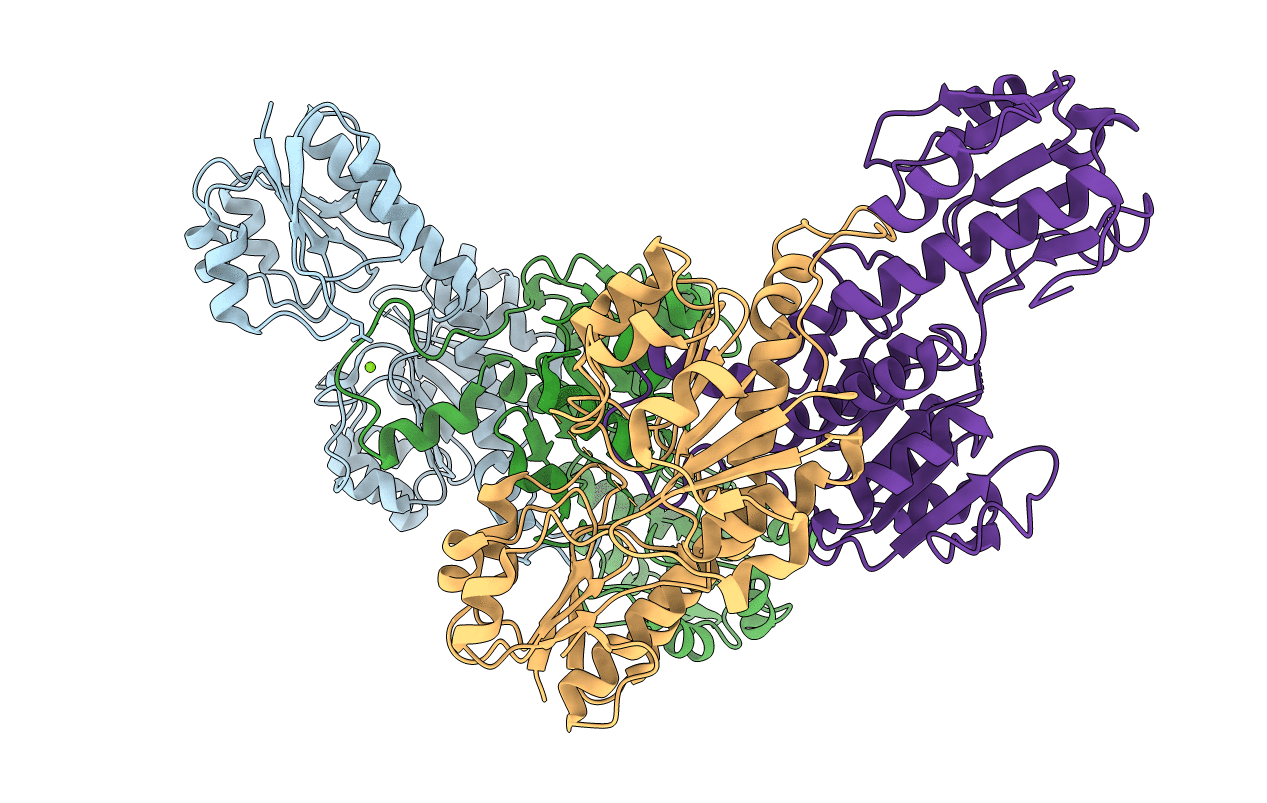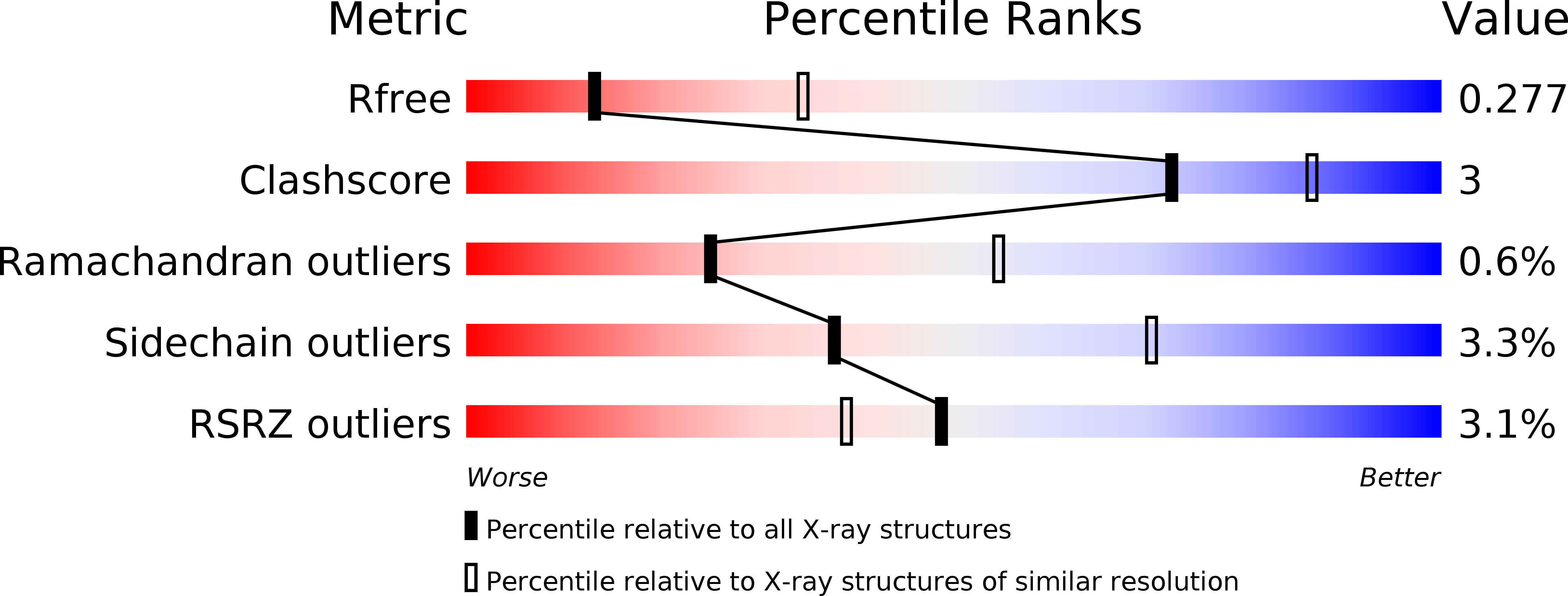
Deposition Date
2009-10-26
Release Date
2010-10-13
Last Version Date
2023-12-20
Entry Detail
PDB ID:
2WWR
Keywords:
Title:
Crystal Structure of Human Glyoxylate Reductase Hydroxypyruvate Reductase
Biological Source:
Source Organism:
HOMO SAPIENS (Taxon ID: 9606)
Host Organism:
Method Details:
Experimental Method:
Resolution:
2.82 Å
R-Value Free:
0.27
R-Value Work:
0.21
R-Value Observed:
0.22
Space Group:
P 21 21 21


